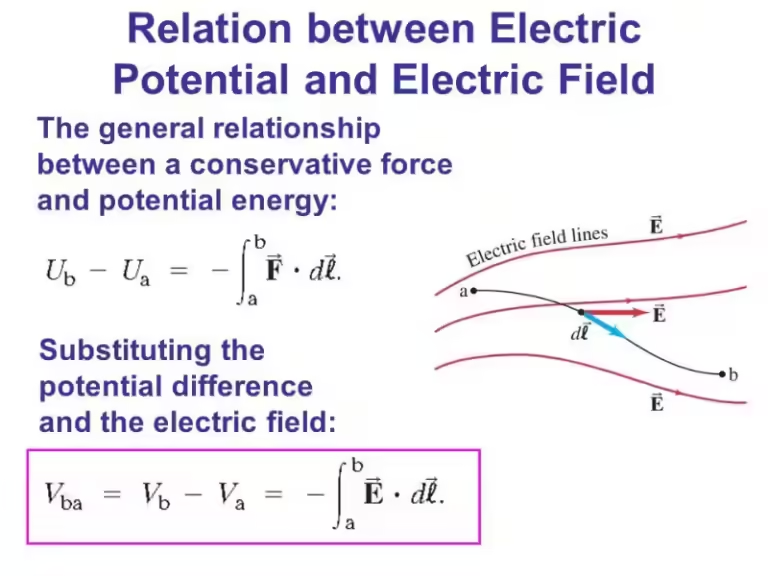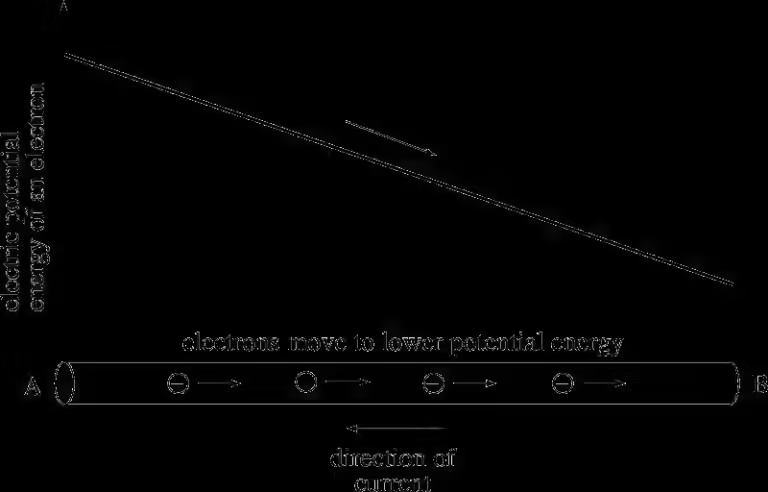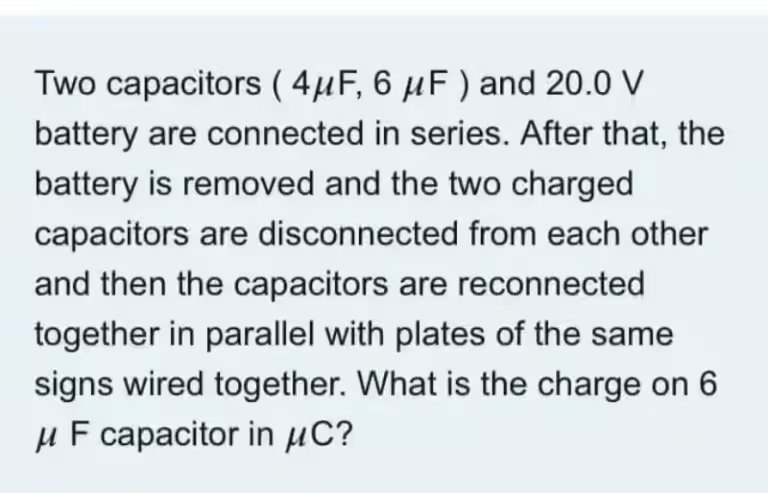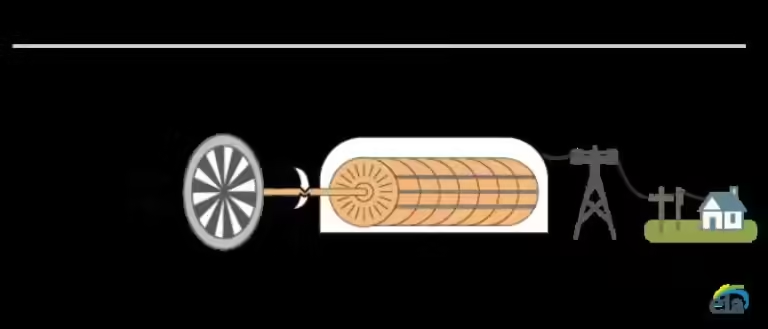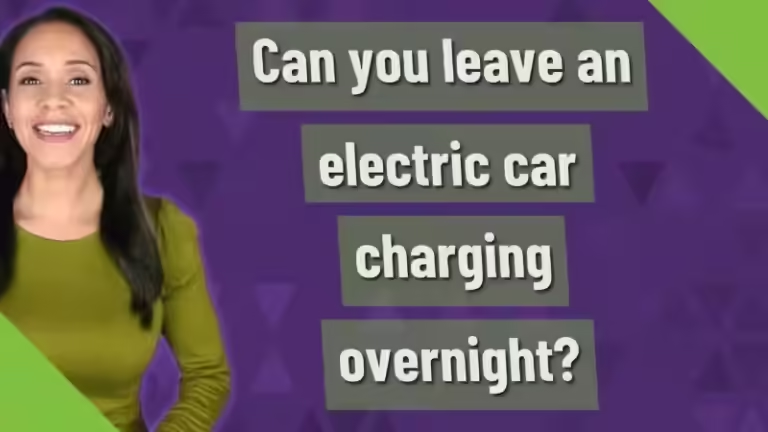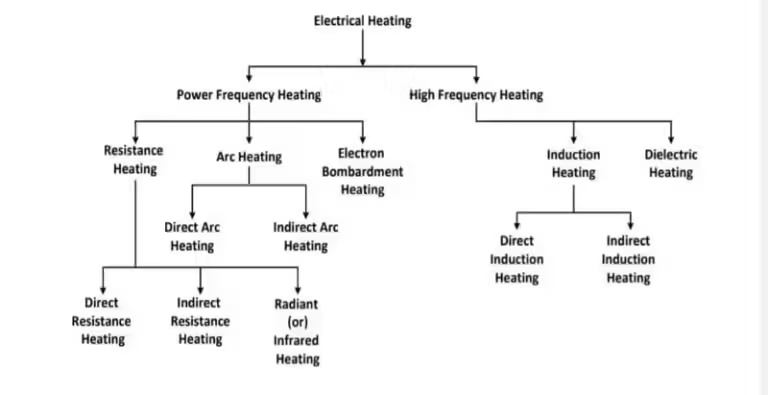Do Wires Produce an External Electric Field?
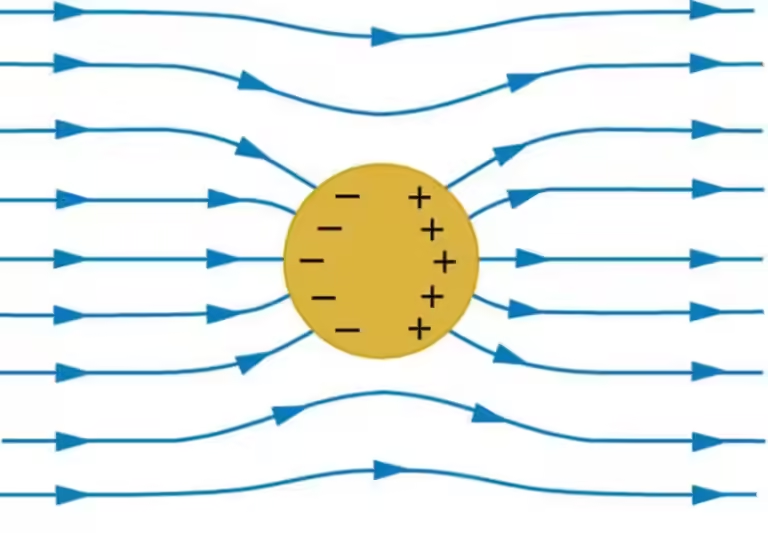
Understanding Electric Fields and Wires
The question of whether wires produce an external electric field is a fascinating one, leading us into the heart of how electricity flows and interacts with its surroundings. It's not as simple as a yes or no answer, as the answer depends on the specific situation and what we mean by "external electric field."
Imagine a simple circuit with a battery connected to a wire. The battery acts like a pump, creating an electromotive force (EMF), a difference in electric potential between its terminals. This potential difference sets up an electric field within the battery, pushing electrons from the negative terminal towards the positive.
When this battery is connected to a wire, this electric field extends into the wire, prompting the free electrons inside to move. This movement of electrons constitutes the electric current.
Electric Field Concentration and Charge Distribution
Now, here's where things get interesting. The electric field lines, which represent the direction of the force a positive test charge would experience, tend to concentrate along the wire's surface and inside its volume. This concentration isn't random; it's a direct result of the wire's ability to redistribute its charges in response to the applied electric field.
Think of it like this: as the battery's electric field pushes electrons towards the positive terminal, a slight negative charge builds up near the negative terminal, and a slight positive charge accumulates near the positive terminal. This charge separation creates an internal electric field within the wire that opposes the battery's electric field.
This opposition leads to a new equilibrium where the net electric field inside the wire is minimal, and the electric field lines are concentrated along the surface. This phenomenon is crucial for understanding how electric fields interact with wires and resistors.
External Electric Field and Its Significance
While the electric field lines might be concentrated along the wire's surface and inside its volume, they don't magically disappear. Some electric field lines extend into the space surrounding the wire, creating what we call an external electric field.
This external electric field might be weaker compared to the field inside the wire, but it's still present. It can interact with other charged objects or conductors in the vicinity, influencing their behavior.
Key Factors Affecting External Electric Field
The strength of the external electric field produced by a wire depends on several factors:
- Current: A higher current flow generally leads to a stronger external electric field.
- Wire's Shape: The geometry of the wire, such as its length, thickness, and curvature, significantly affects the distribution of the electric field lines.
- Material: Different materials have varying conductivities. Wires made from materials with higher conductivity tend to have a stronger internal electric field and, consequently, a weaker external electric field.
Practical Implications of External Electric Field
The presence of an external electric field from wires has several practical implications:
- Electromagnetic Interference (EMI): The external electric field from wires can interfere with nearby electronic devices, causing unwanted noise or malfunctions. This is why we often use shielded cables or grounding techniques to minimize EMI.
- Capacitance: The external electric field also contributes to the capacitance between wires. This capacitance can affect the performance of high-frequency circuits.
- Electrostatic Discharge (ESD): The external electric field can lead to electrostatic discharge, which can damage sensitive electronic components. This is why we often use anti-static measures in electronics manufacturing and handling.
Beyond Simple Wires: Exploring Complex Scenarios
While the discussion above focuses on simple wires, the concepts of electric field distribution and external fields apply to more complex situations. For instance, in coaxial cables, the external electric field is confined between the inner and outer conductors, minimizing interference with other devices.
In antennas, the external electric field plays a crucial role in transmitting and receiving radio waves. The antenna's shape and design are carefully chosen to optimize the generation and reception of these electromagnetic waves.
Conclusion: A Dynamic Interaction
In conclusion, wires do produce an external electric field, although its strength may be weaker compared to the field inside the wire. This external electric field can have significant implications for electrical circuits, electromagnetic interference, and electrostatic discharge. Understanding the interplay between electric fields, charges, and conductors is essential for comprehending how electricity flows and interacts with its environment.
Frequently Asked Questions
Do wires produce an external electric field?
Yes, wires produce an external electric field. However, the strength of the external field is significantly reduced compared to the field inside the wire due to the redistribution of charges within the wire.
Why is the electric field concentrated along the surface of a wire?
The electric field is concentrated along the surface of a wire because of the redistribution of charges in response to the applied electric field. This redistribution results in a slight negative charge near the negative terminal and a slight positive charge near the positive terminal, creating an internal electric field that opposes the battery's electric field. This opposition leads to an equilibrium where the net electric field inside the wire is minimal, and the electric field lines are concentrated along the surface.
Is the electric field inside a wire zero?
No, the electric field inside a wire is not zero. While it's minimal compared to the field near the surface, it's essential for driving the current.
Does the electric field follow a straight line inside a wire?
No, the electric field lines are not straight lines. They are curved, especially near the surface of the wire.
How does the electric field inside a wire relate to Ohm's Law?
Ohm's Law assumes a uniform electric field, which is not entirely true. The electric field is stronger near the surface and weaker in the center of the wire, making the field non-uniform.
Is the electric field inside a wire static?
No, the electric field inside a wire is not static. It fluctuates due to the random motion of electrons.
Does the electric field from the battery directly drive all electrons in the circuit?
No, the battery's electric field doesn't directly force every electron in the circuit. Instead, it polarizes the conductor, creating a non-uniform distribution of surface charges. This charge pattern generates the internal electric field, which drives the current flow.

